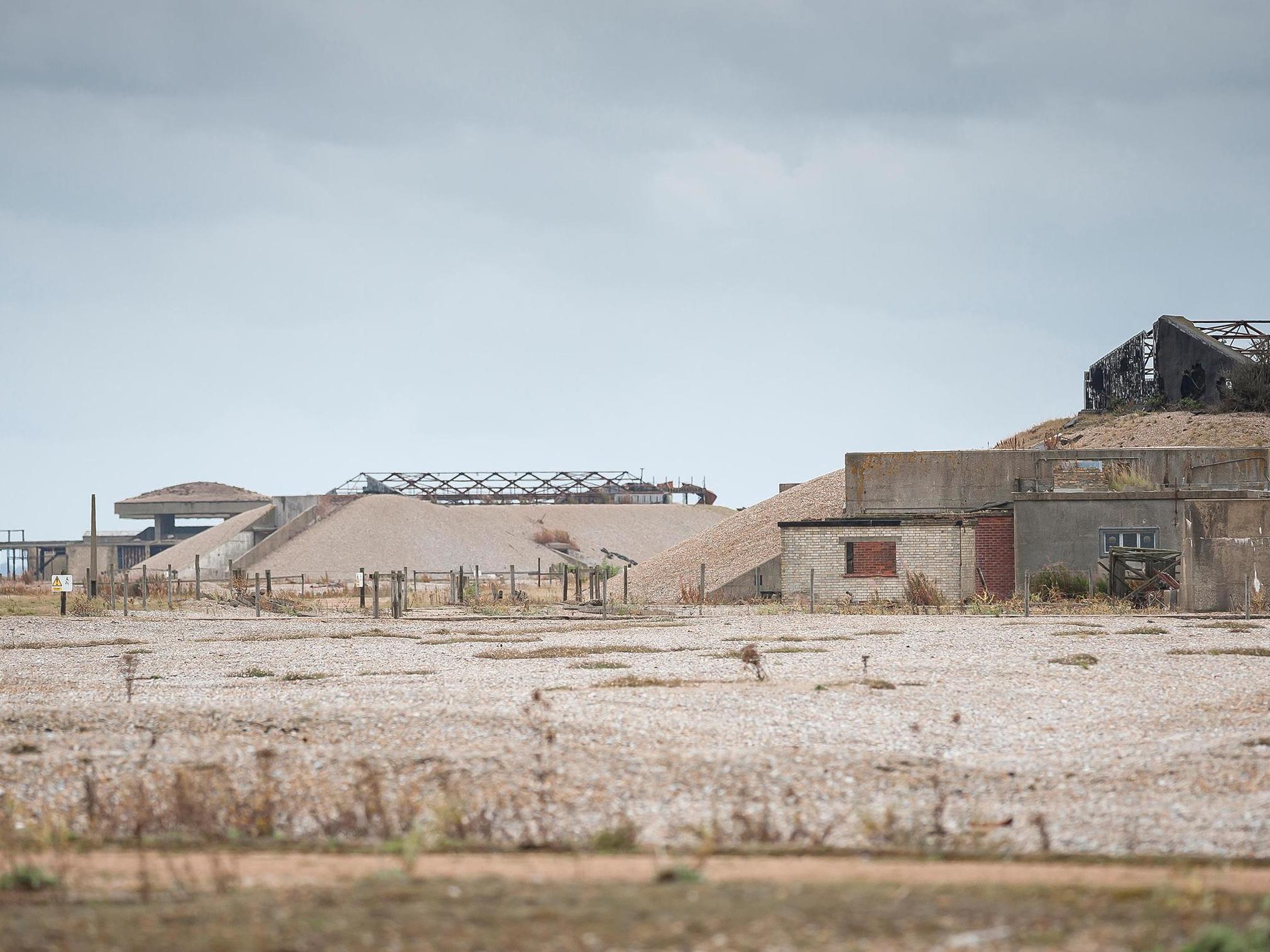On the Suffolk coast, echoes of Britain’s nuclear past are all too clear
Continuing his series on the meaning of place and pathway, Will Gore considers the peculiar charms of Orford Ness


Next Friday, Westminster Abbey is due to hold a service to mark fifty years of continuous patrols by Britain’s nuclear-armed submarines. An odd thing to commemorate, you might think – a fair number of bishops certainly do.
But then, the UK’s role as a nuclear power is a bit odd too.
Having become the third country to test an atomic weapon, in 1952, Britain has never deployed a warhead except in tests (nor come particularly close to doing so) – and the value of having an independent deterrent remains hotly debated. (An unreliable American president might be an argument in favour.)
Testing of nuclear bombs in the 1950s and early 1960s was conducted safely away from the British Isles – leaving instead a trail of contamination and ill-health in Australia, and over Christmas and Malden Islands in the Pacific. Later trials were conducted jointly with America in the Nevada desert.
But that’s not to say there are no remaining signs of Britain’s nuclear history closer to home.
On the Suffolk coast, Orford Ness offers a home to rare flora and varied animal life. Approaching the spit requires a crossing of the River Alde; and the reed-fringed, brackish pools on the side nearest the mainland look every inch the nature reserve that the area has become.
But the Ness was for decades – from 1913 to 1993 – owned by the Ministry of Defence, and its forerunners. Its business was not birds and plants but bombs and military intelligence. Aeroplanes were turned into weapons here during the First World War; radar was tested in the years that followed. During the Second World War, Orford Ness was used for firing trials, and afterwards for rocket testing.
With the Cold War at its height, the Atomic Weapons Research Establishment moved in, constructing ominous concrete pagodas in which to conduct experiments. It is said that nuclear material was not involved, but certainly these trials contributed to Britain’s understanding of how atomic weapons would work if deployment was necessary.
Given the limited access to the 10-mile long spit (now owned by the National Trust), it can never feel crowded – even though visitors must keep to marked areas for fear of buried ordnance. And at its centre, where the crunching waves of the North Sea are hard to discern (at least on calm days), there is a quietness that adds to the uneasy atmosphere. This place which was once a testing site for the noisiest of military hardware, now twitches at the sound of a single footstep on shingle.
There is plenty to see of course, even beyond those lagoons which first greet you when you land: the wildlife, the sea, the famous striped lighthouse.
But at every turn I found it hard for my gaze not to be drawn back towards the abandoned military structures which speak so volubly of humanity’s technological advances – and the way in which knowledge is always, in the end, put to destructive use.
Orford Ness is a place of contradictions, somewhere to feel intrigued but unsettled, as nature battles for attention against the sinister echoes of military history.
When it comes to nuclear weapons, there is only one thing to thank God for – and that is the fact that, since 1945, they have not been used in anger.
Subscribe to Independent Premium to bookmark this article
Want to bookmark your favourite articles and stories to read or reference later? Start your Independent Premium subscription today.
Join our commenting forum
Join thought-provoking conversations, follow other Independent readers and see their replies
Comments